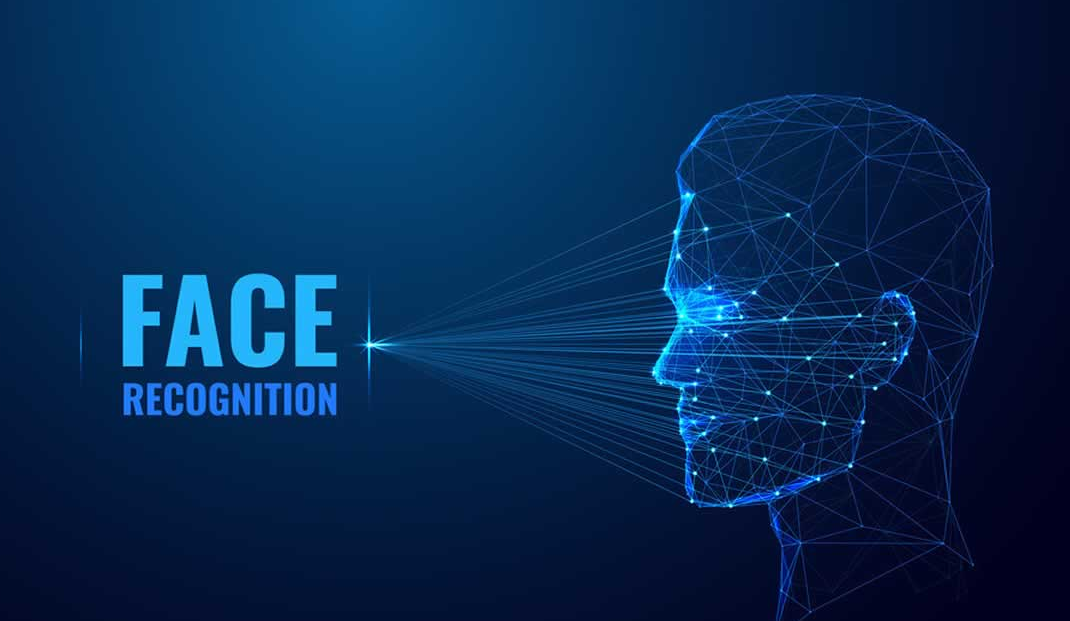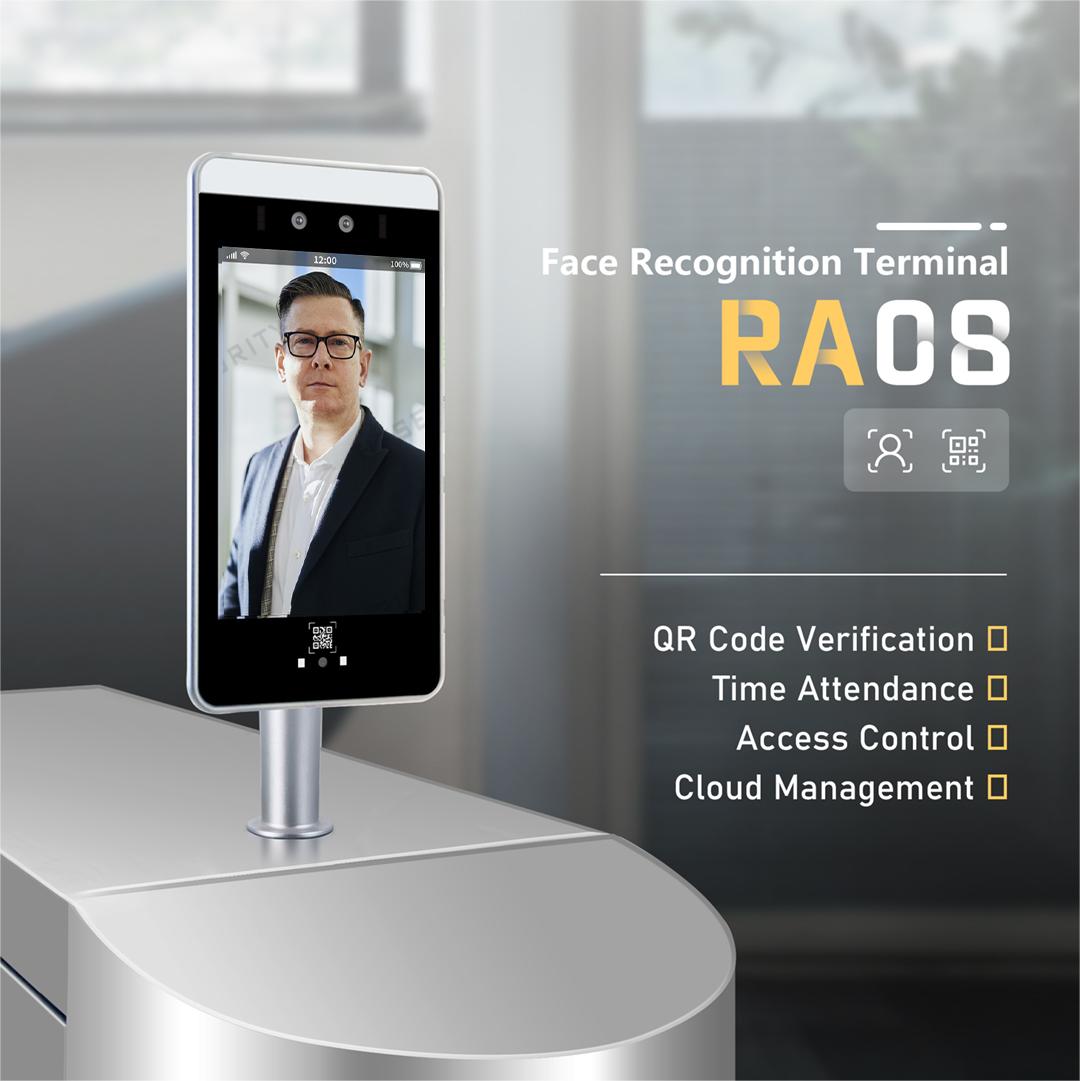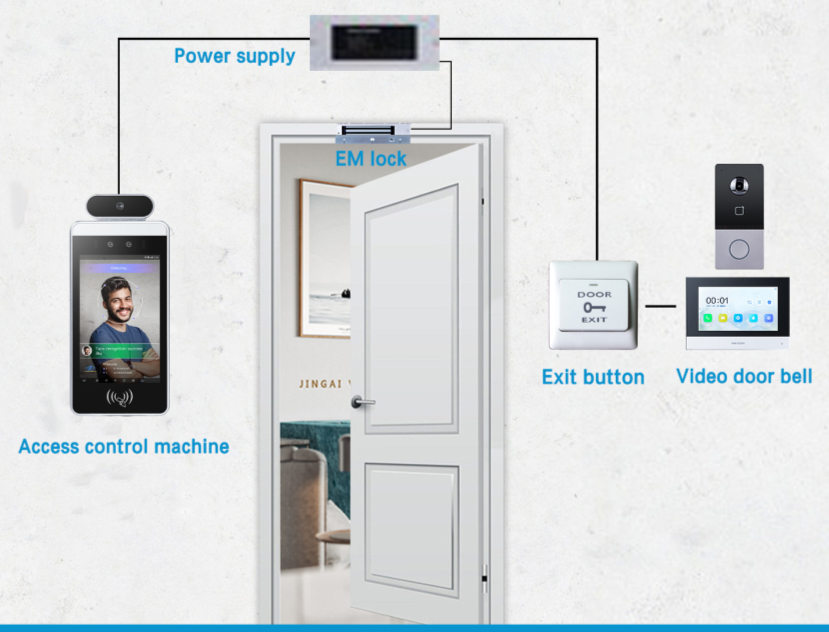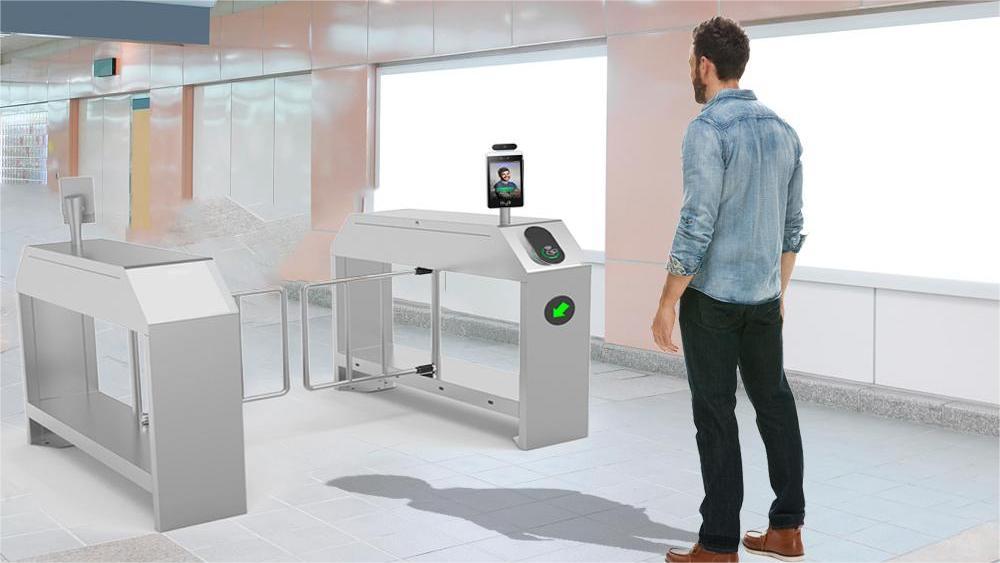Face biometrics applications refer to the use of facial recognition technology to identify, authenticate, and verify people based on their unique facial features. This technology has been widely adopted across various sectors, driven by advancements in machine learning, computer vision, and artificial intelligence.

1. Security and Surveillance: The most common use of face biometrics is in security and surveillance systems. By analyzing facial features, law enforcement, airports, and event venues can quickly and accurately identify individuals in large crowds.

HFSecurity RA08 Face QR Card Recognition Access Control
2. Access Control: Face biometrics can be used to replace or supplement traditional access control methods such as key cards, passwords, and PIN codes. This technology is utilized in workplaces, residential buildings, and restricted areas to ensure that only authorized individuals can gain access.

HFSecurity Biometric Android IP65 Facial Reconition Access Control
3. Identity Verification: Face recognition can be integrated into various services and platforms to verify the identity of individuals, particularly in banking, finance, and e-commerce settings. This capability helps combat fraud, streamline customer onboarding, and simplify Know Your Customer (KYC) processes.
4. Social Media: Face recognition technology has been adopted by social media platforms to enhance user experience, such as enabling users to tag friends and family members in photos automatically, as well as for personalized advertising based on user demographics and preferences.
5. Healthcare: In the healthcare sector, face biometrics may be used for patient identification and real-time monitoring, reducing errors in patient records and enhancing patient privacy.

6. Retail: By using face recognition, retailers can personalize shopping experiences by identifying repeat customers, measuring customer dwell times, and presenting targeted marketing campaigns.
7. Border Control: Immigration authorities employ face biometrics to automate the passport control process, reducing queues, and enhancing overall border security.
8. Smart Home Devices: Face recognition can be integrated into smart home technology to allow homeowners to control access to their homes, monitor activities, and trigger alerts when an unrecognized person enters the premises.
9. Education: Attendance monitoring and identity verification for exams have become more manageable with facial recognition technology, ensuring accuracy and streamlining the process.
10. Automotive Industry: The automotive industry has started using face biometrics to personalize in-car experiences, control access to vehicles, and provide driver monitoring systems to ensure safe driving behavior.

While the adoption of face biometrics technology has many benefits, there are also concerns regarding privacy, data storage, and potential misuse. To address these issues, it’s essential for governments, industries, and organizations to develop and implement clear guidelines, regulations, and standards that balance the benefits and risks associated with this powerful technology.



